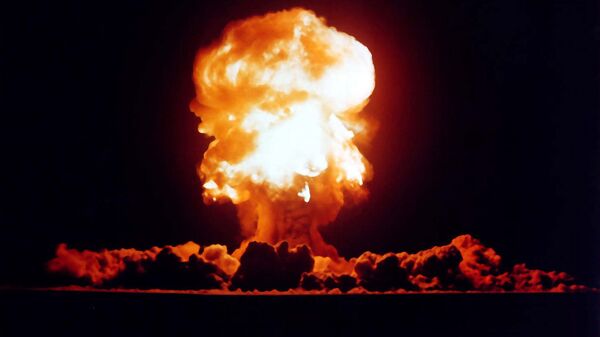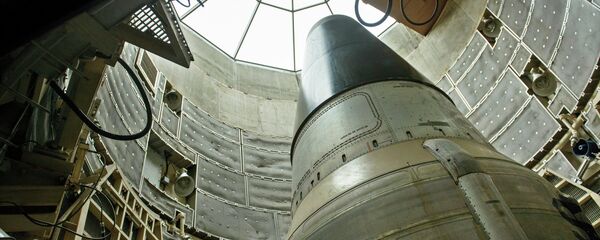"The capabilities that are contained in this weapon are of a kind that are militarily more attractive for planners – those people who have to plan the strike – simply because if you have an increased accuracy of the weapon…then you can use lower-yield settings for a certain attack," Kristensen tells Loud & Clear’s Brian Becker.
The upgrades aim to create precision targeting for the airborne B-61, and provide adjustable nuclear yields that could, in theory, make nuclear bombs a more practical weapon. These developments violate the Obama administration’s pledge to rein in nuclear proliferation.
"Military officials argue that, for example, the B-61 does not have new military capabilities, because any of the things it can do can currently be done with other nuclear weapons," Kristensen says.
"But that’s sort of a very, very lax form of analysis, because this is a weapon that will be the first guided, nuclear, gravity bomb in the US arsenal. The US doesn’t have one, currently, in its stockpile. So there, in and of itself, is clearly a new military capability."
Washington’s nuclear upgrades are the latest sign of renewed Cold War tensions.
"Certainly from 2005 and onward, relations started to, if not sour, then certainly complicate, between the United States and Russia, and since then it’s really gone south," he says.
"What we’re hearing now is language from both sides that talk about the relationship as an official adversarial relationship. With that comes adjustments in military strategies."
While the late-20th century Cold War arms race was about parity, and a means to keep nuclear stockpiles in check, America’s current efforts are going relatively unchallenged.
"We have to be mindful and careful that we’re not creating new security situations where we can have a conflict spiraling out of control and relatively rapidly get to the level of threatening nuclear use."



